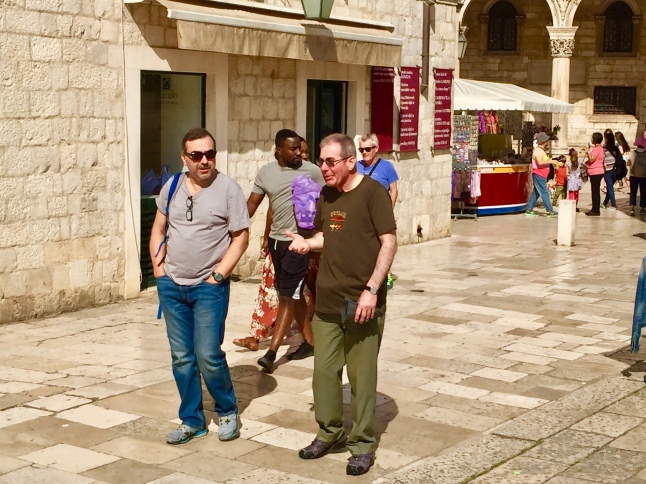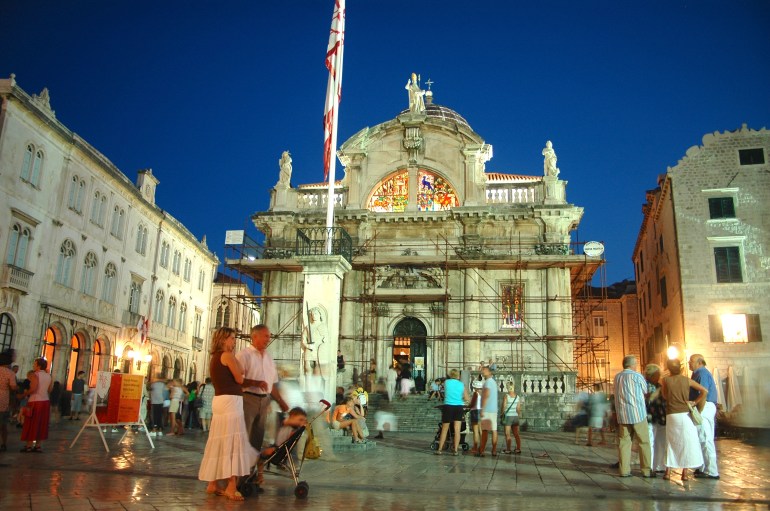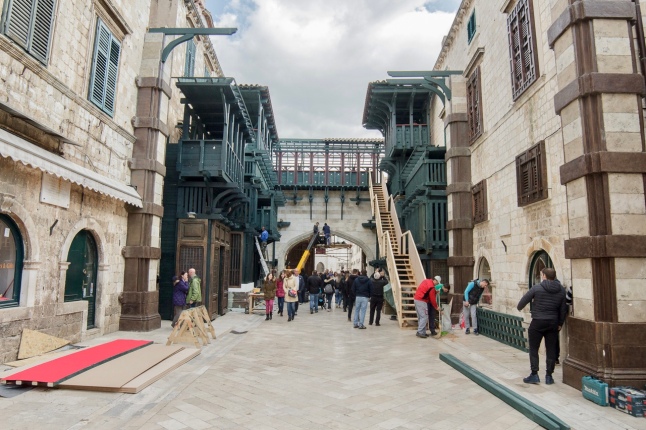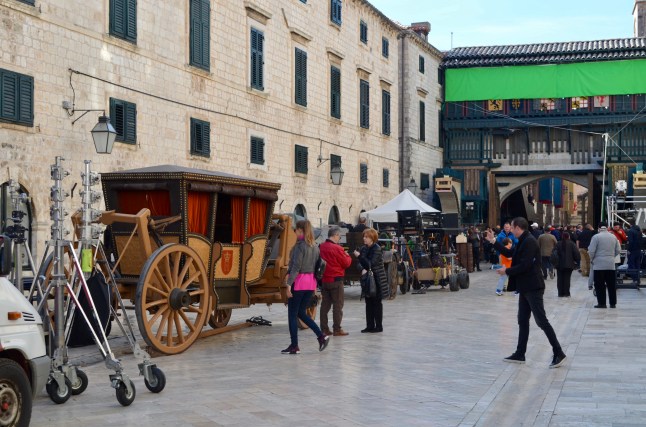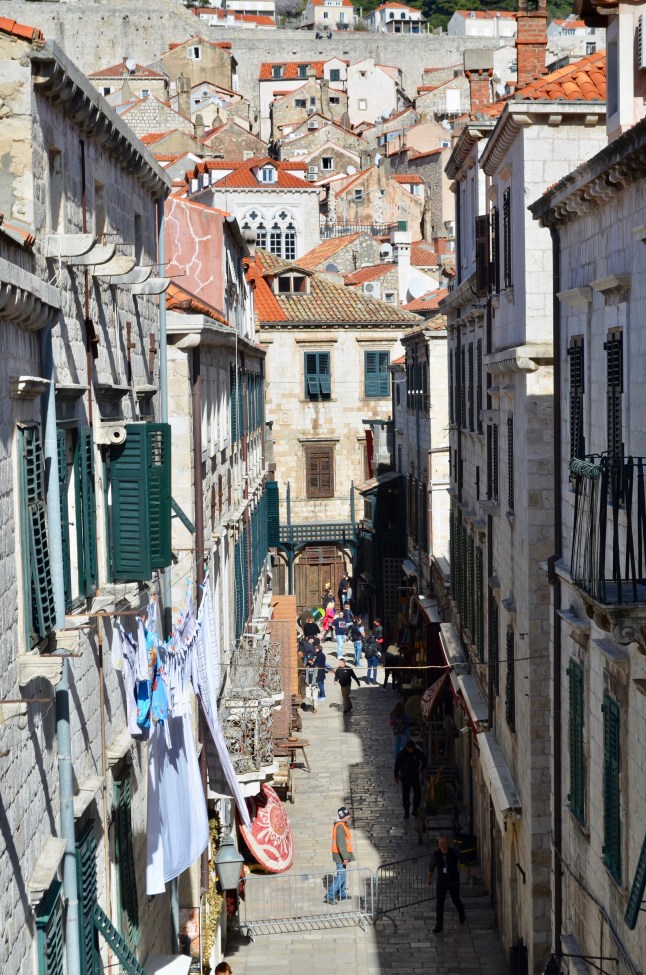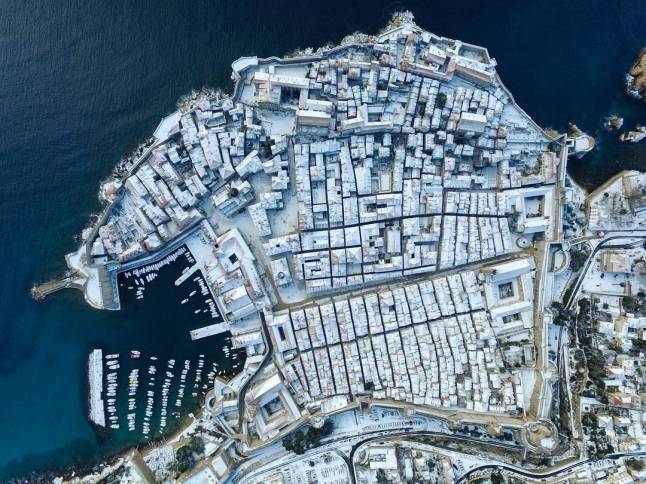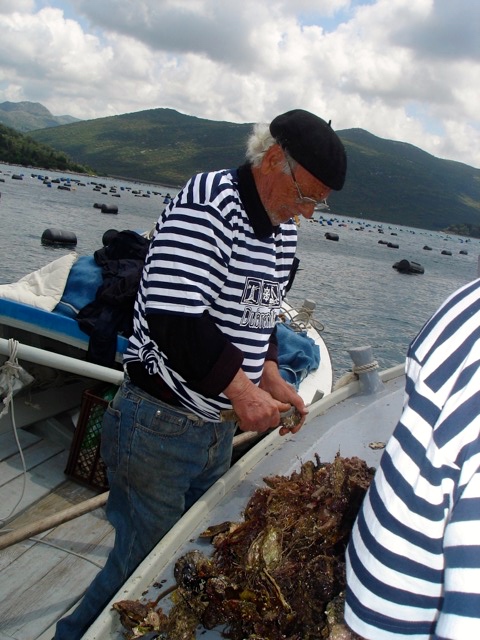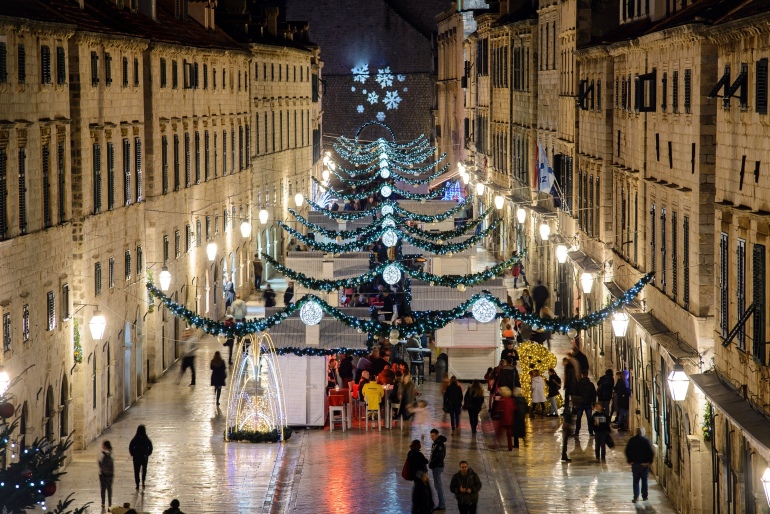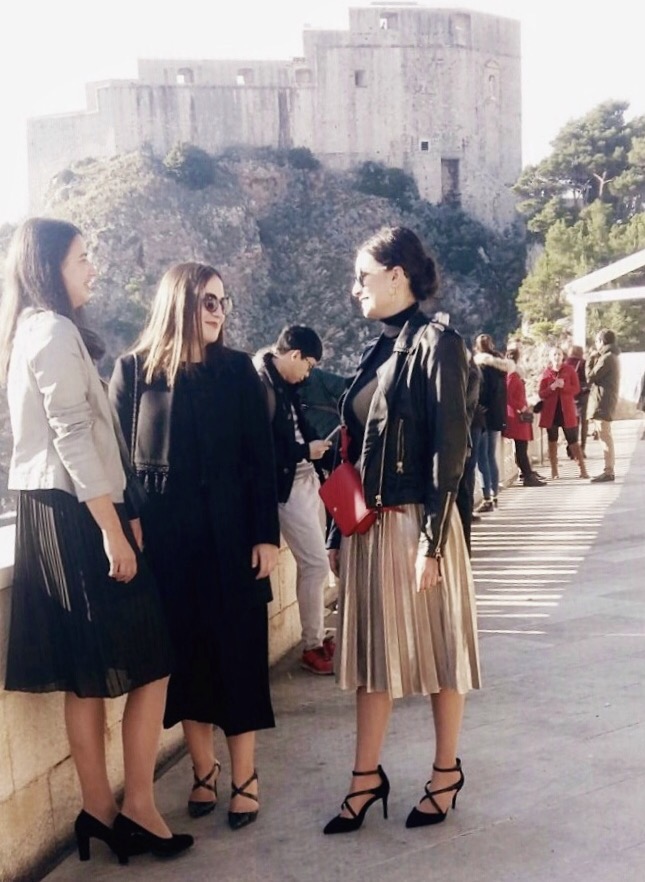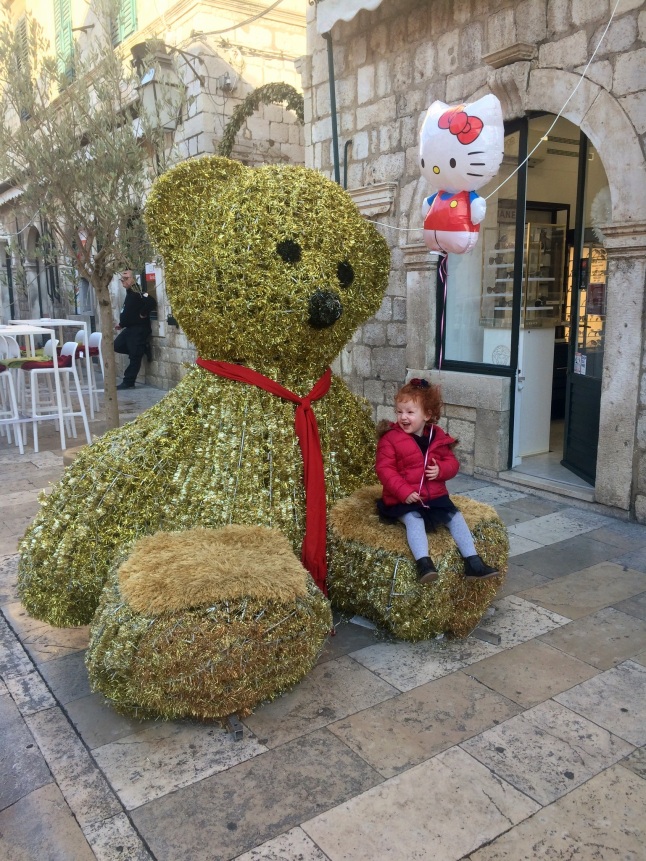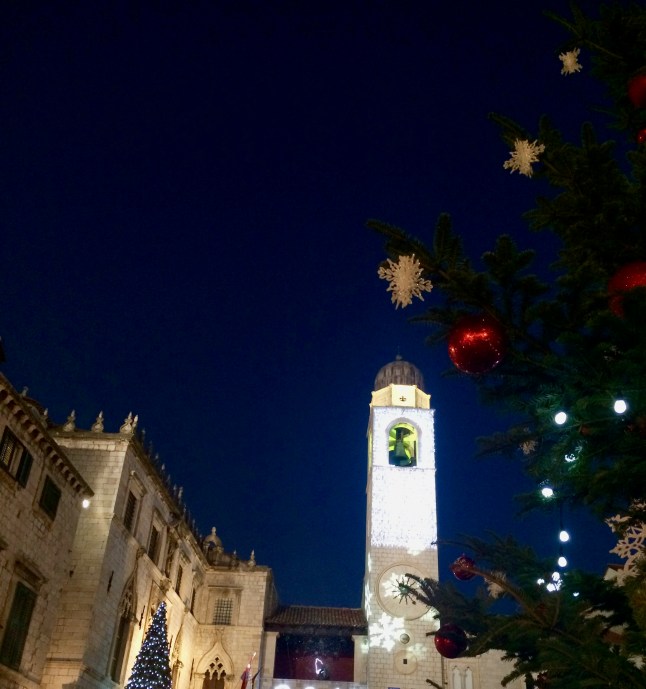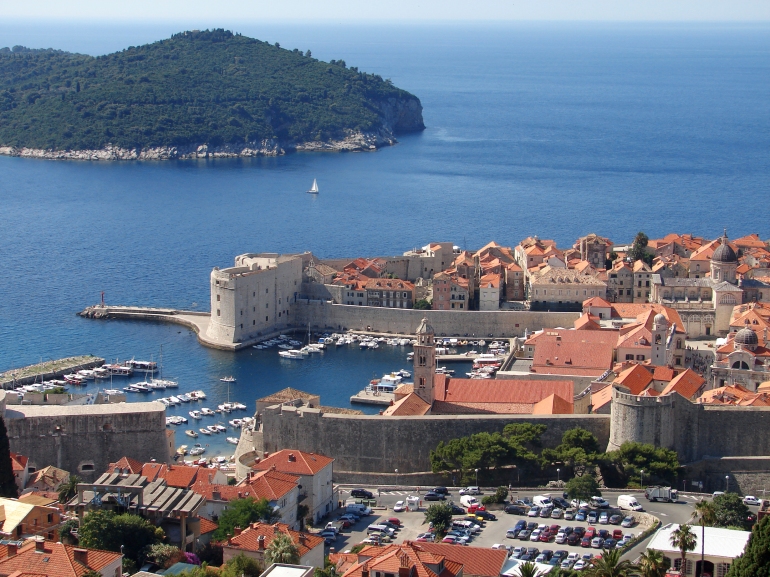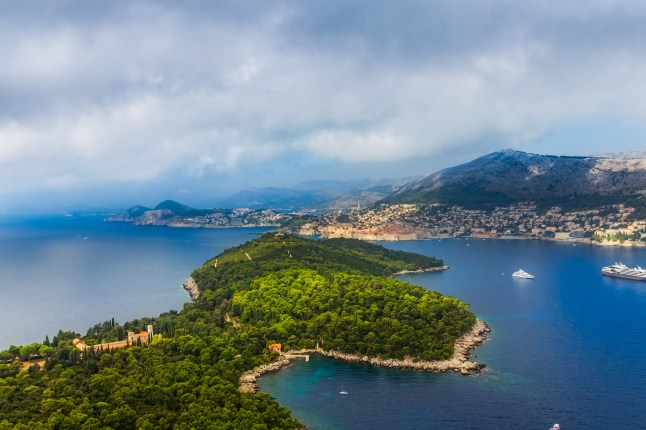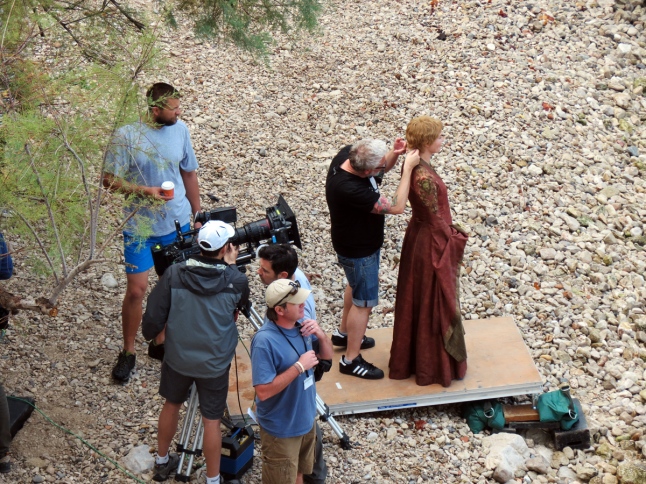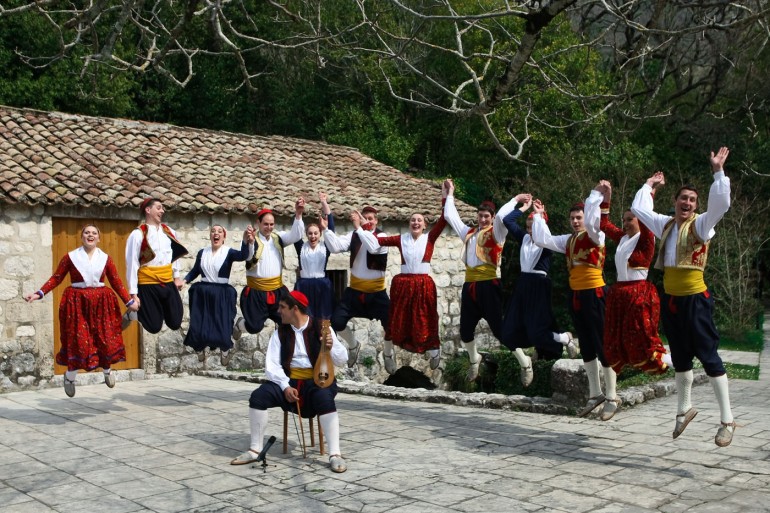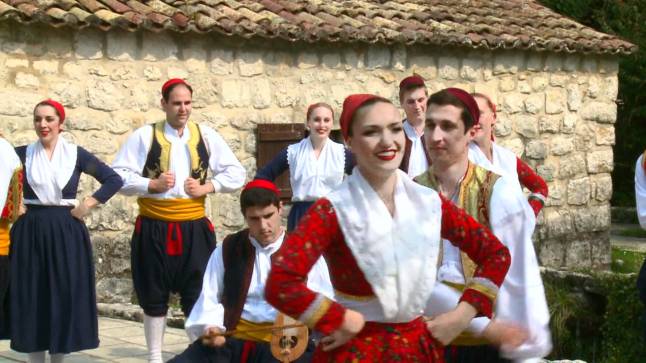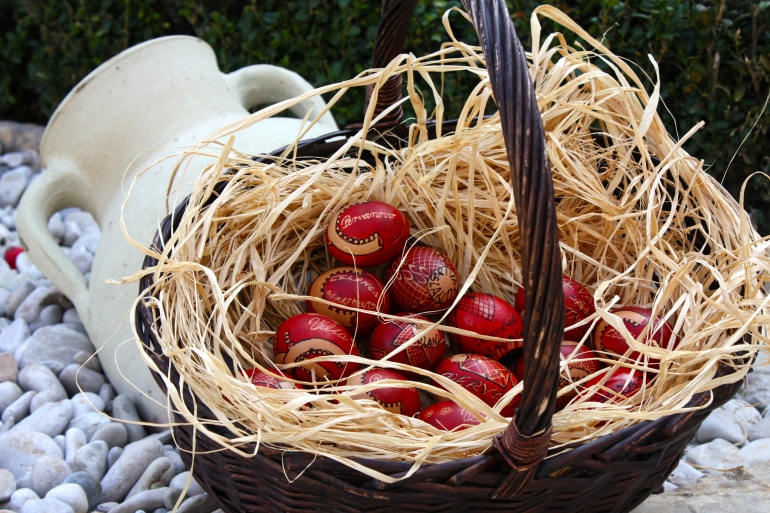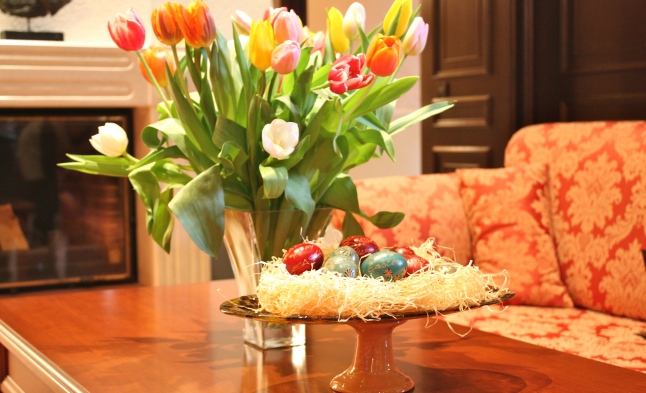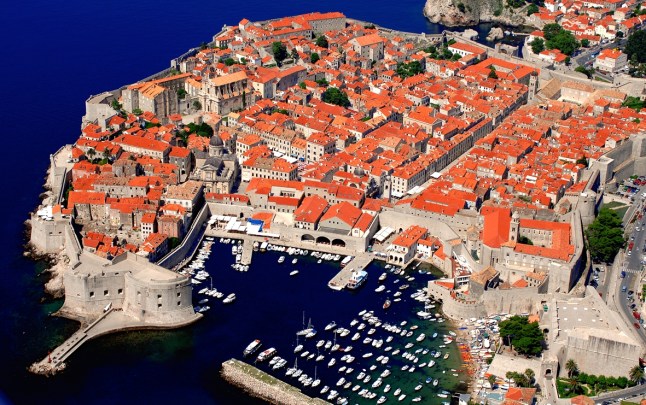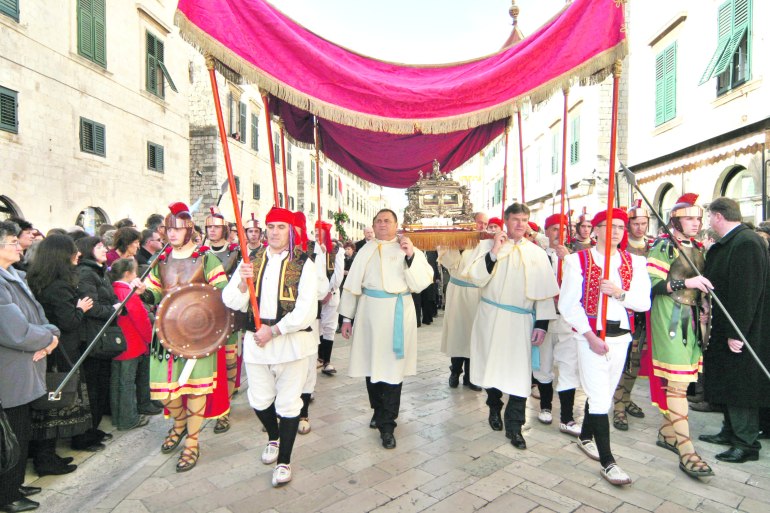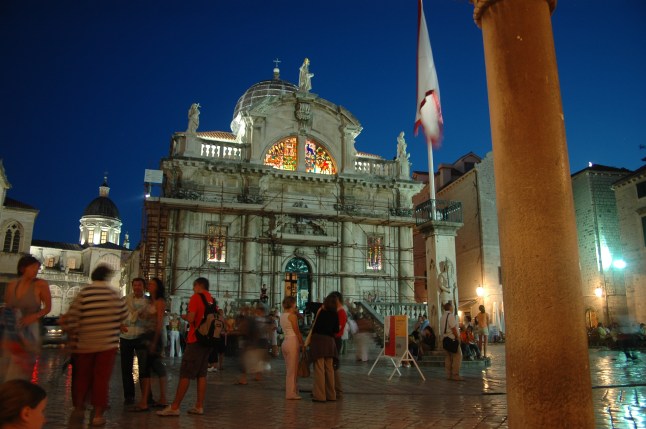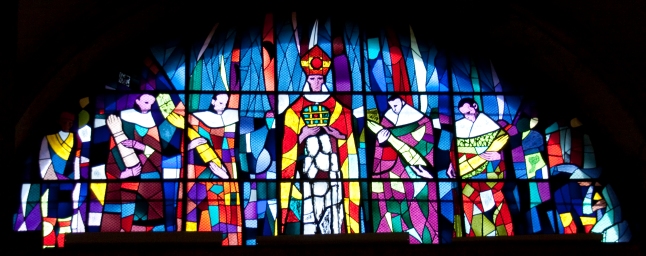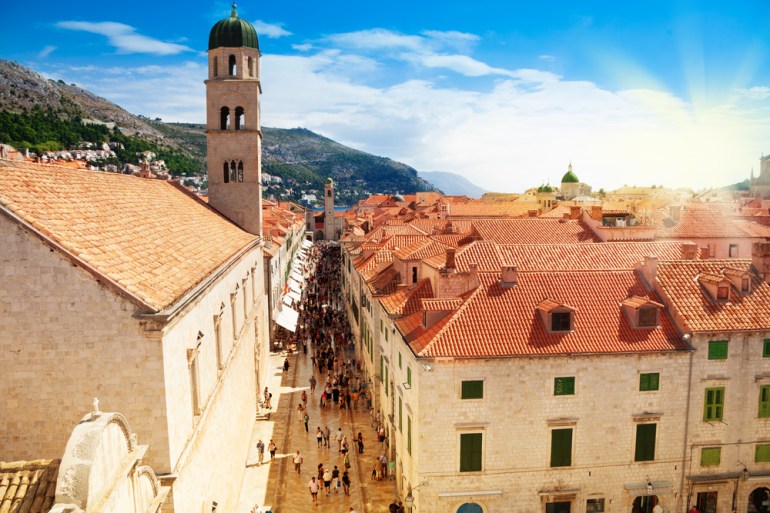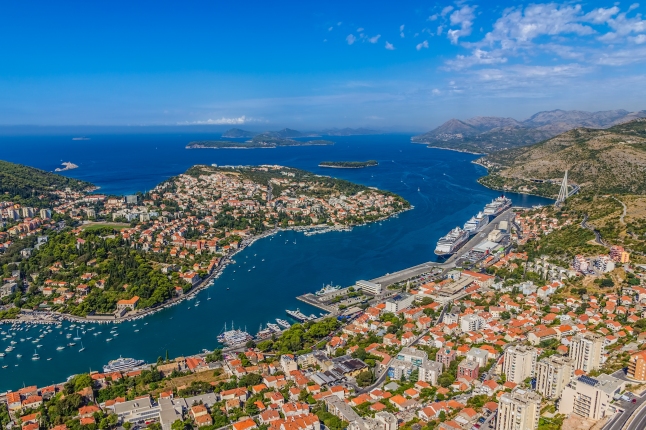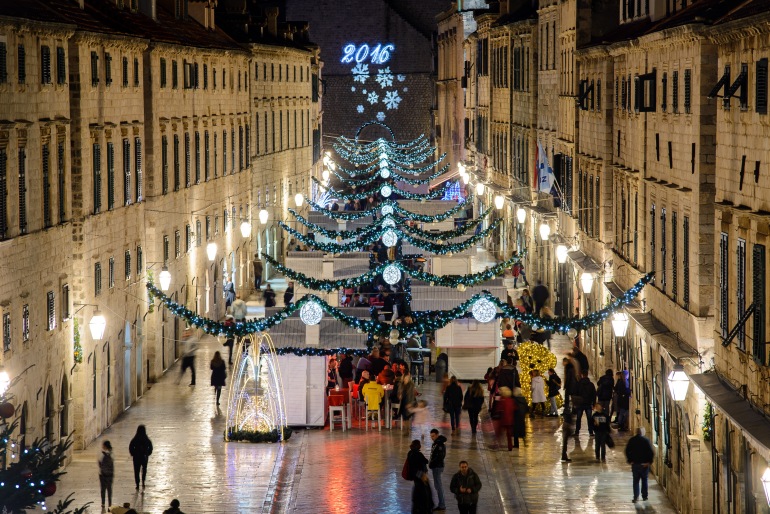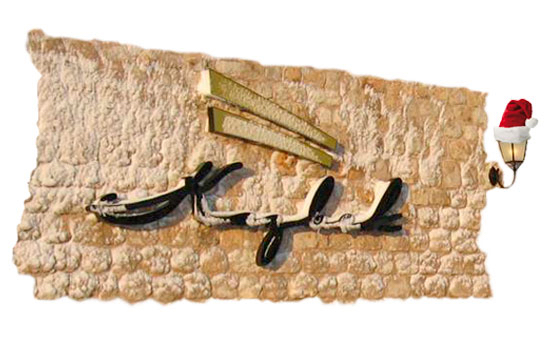One of the harder things to pick up on when just passing through a region is to sound like the natives. Everyone knows how appreciated (and funny) it is when you try to use their language, dictionary in hand, trying to decipher the correct pronunciation. But no dictionary will ever help you with the subtle differences that you sometimes notice when moving from one part of a country to the other.
Dubrovnik introduces a great experience language-wise. In general, the sound of Croatian spoken here is beautifully rounded, slow and melodic. It is also intriguing that most people, both men and women, have deep, low voices which sometimes makes it difficult to tell words apart. Still, nowhere else are entire words used like here, mixed up with authentic expressions found only in this region.
One warning is necessary, though, when in search of the Dubrovnik patois: most of the staff that works here over the summer season is from a completely different part of Croatia – if you ask them what Kenova stands for, you might just get a blank stare and a wave to the colleague that hopefully holds an answer.
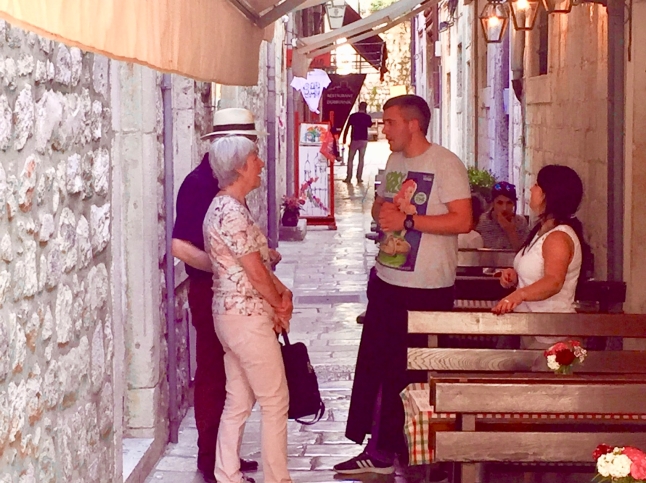
It is that more confusing because a good number of places bear an original Dubrovnik word for a name: Pantarul (fork), Moskar (hand fan), Kopun (rooster), Preša (haste), Đardin (garden), Makarul (type of pasta), Lucin Kantun (Lucy’s corner), Orsan/Arsenal (shipyard), Tavulin (table), Buža (hole), Poklisar (ambassador), Portun (entrance), Karaka/Argosy (Dubrovnik galleons) and so on…
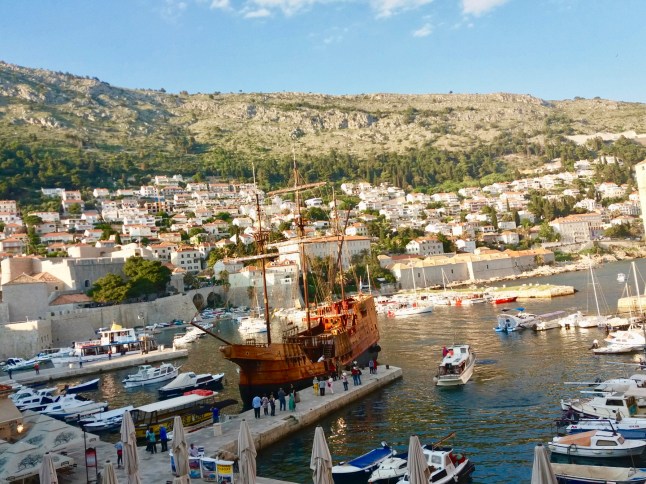
A Dubrovnik-type galleon called Karaka in the Old Town Port, next to the arches of the Arsenal, shipyard – now a restaurant
Throughout history, languages like today’s Italian, Turkish and German influenced our language strongly – the ties with powers like the Venetian, Turkish or the Austro-Hungarian empire are illustrated in these examples; that is why so many words are recognisable to our main guests and are easier to learn than their Croatian equivalents. Funjestra (window), skalini (steps), marenda (brunch), fen (hairdryer), palačinke (pancakes), krevet/postelja (bed), pamuk (cotton) are just some of the words that have been integrated into the everyday spoken language of the Town.
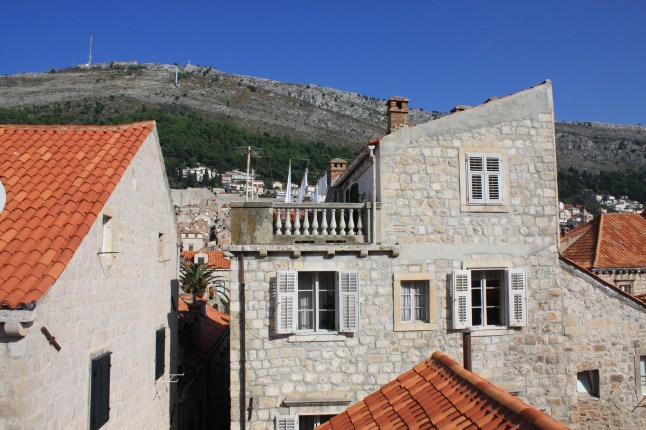
Funjestra, Dubrovnik word for window – a view to the street and your neighbour’s kitchen (view from Celenga Apartments)
So what does Kenova mean? Kenova is as authentic as the city walls of Dubrovnik – it is the one frequently asked question you don’t really have to answer. It is shouted out instead of a Hello, whispered when you accidentally cross paths with someone in a narrow street. Obviously influenced by Italian as Italy is just on the other bank of the blue Adriatic sea – Kenova directly asks what is new in your life.
A regular conversation goes like this: « – Đe si, kenova? – E, a evo, ide pomalo.. / u preši sam nekoj, ne pitaj.. Kod tebe? – Dobro je! Adío! – Adío!» – This loosely translates to the following: – Where are you («Đe si» pronounced like Jessie, derived from «gdje» – where, used only in Dubrovnik), what’s new? – Oh, you know, it’s going… («pomalo» stands for another local philosophy of «taking things easy») / I’m in a bit of a hurry, don’t ask… How about you? – All good! Adio!/Bye! (Adio is also taken from Italian and, like Ciao, is used regularly.) – Adio!/Bye!
Kenova asks you to share your life’s events with fellow citizens. It is done out in the open, in form of a short break between errands you need to tend to, no fuss, just point and shoot. Those more intimate questions that ask how you are or how everyone is doing are reserved for relationships that are closer or for an occasion like a cup of coffee over the weekend.
You see, Dubrovnik people live in a tight-knit web. Grad, pronounced with a round “A”, like in broad, is a term used by the locals for Dubrovnik. Stari Grad is Old Town, so Grad is Town, City, Dubrovnik. And in this Town, everyone knows everyone. Kenova is the reason why. Some people are just naturally more curious than others and they perfected this art of casual catching up, Dubrovnik style.
For this reason, in particular, try to pay attention to the gestures and tone in which two locals participate in this little ritual – use your intuition and enjoy the theatre unfolding before you. You will be proud of how much you got to understand a language that you thought you barely spoke.
